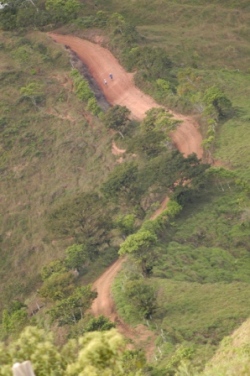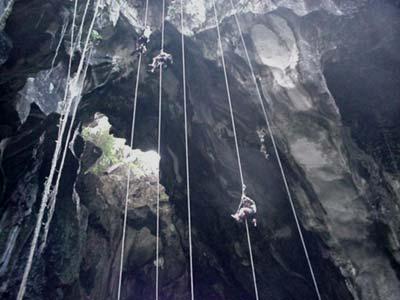Sports Nutrition 101 - Part 1
When thinking about your diet, it’s important to remember that there are no absolutes. You are unique, and your nutritional needs change daily. On some days you will require more protein and some days, more fat. Listen to what your body needs—this takes some time and experimenting. Are you craving protein or vegetables? Eat them! While there is no shortage of people claiming to have the perfect formula for what to eat when, you need to find the formula for you and that means experimenting and learning about your own body’s needs. When race day comes, you will have your unique perfect formula dialed in.
What follows are A FEW guidelines that will help you to experiment effectively with your diet (this is a very complex topic and I am only scratching the surface). I will focus on the general diet for an athlete-in-training and, during the workout or race. Unfortunately, it is tough to make objective measurements of how our diets work vis a vis our racing/training, but experience and intuition go a long way. Don’t forget that these are guidelines, and the most important expert, in this case, is you.
GENERAL GUIDELINES:
Most of us respond really well to a diet consisting of 65% carbohydrate (carbs), 20% protein, and 15% fat. Just make sure that they are predominately complex carbohydrates, complete proteins, and quality fats.
If you want to experiment with a particular diet, allow your body to adjust for about a week before deciding if it is working for you.
DURING EXERCISE NUTRITION NEEDS:
Research indicates that endurance athletes need 200-400 calories per hour. Although experts generally agree that consuming these calories during endurance workouts or on race day increases an athlete’s endurance, it is important to consider other factors such as exercise intensity, fitness, and body size when determining how many calories are needed for an individual on a given day.
General rules of thumb: the higher intensity the race the more carbs you’ll use – these carbs should come primarily from glucose. It doesn't matter how you get the carbs—from drinks, gels, or bars. But you must consume the right amount of both carbs and fluids. (See Fluid Consumption Needs.)
Races over about 10 hours to several days will require you to use more fats and proteins—slower pace, slower burning fuels. These can come in any form—make sure you like what you are eating and it sits well in your stomach (easier said than done).
In addition, take the carbs and fluids from the beginning of the exercise. Don't wait. Protein, fat, and fiber may slow the absorption of the carbs a bit but are necessary in ultra endurance events. They also provide a mix to what you are eating making it more palatable.
Electrolyte tablets with potassium and sodium are known to aid in electrolyte balancing during prolonged exercise. Use electrolyte products as recommended on the purchase package.
Keep gel products in your mouth a bit before swallowing it. Digestion begins in the mouth and can reduce strain on the gut.
Experiment, experiment, experiment... your body is unique and it takes some time and mistakes to figure out what works for us...





 Subscribe to Terri's RSS Feed
Subscribe to Terri's RSS Feed
